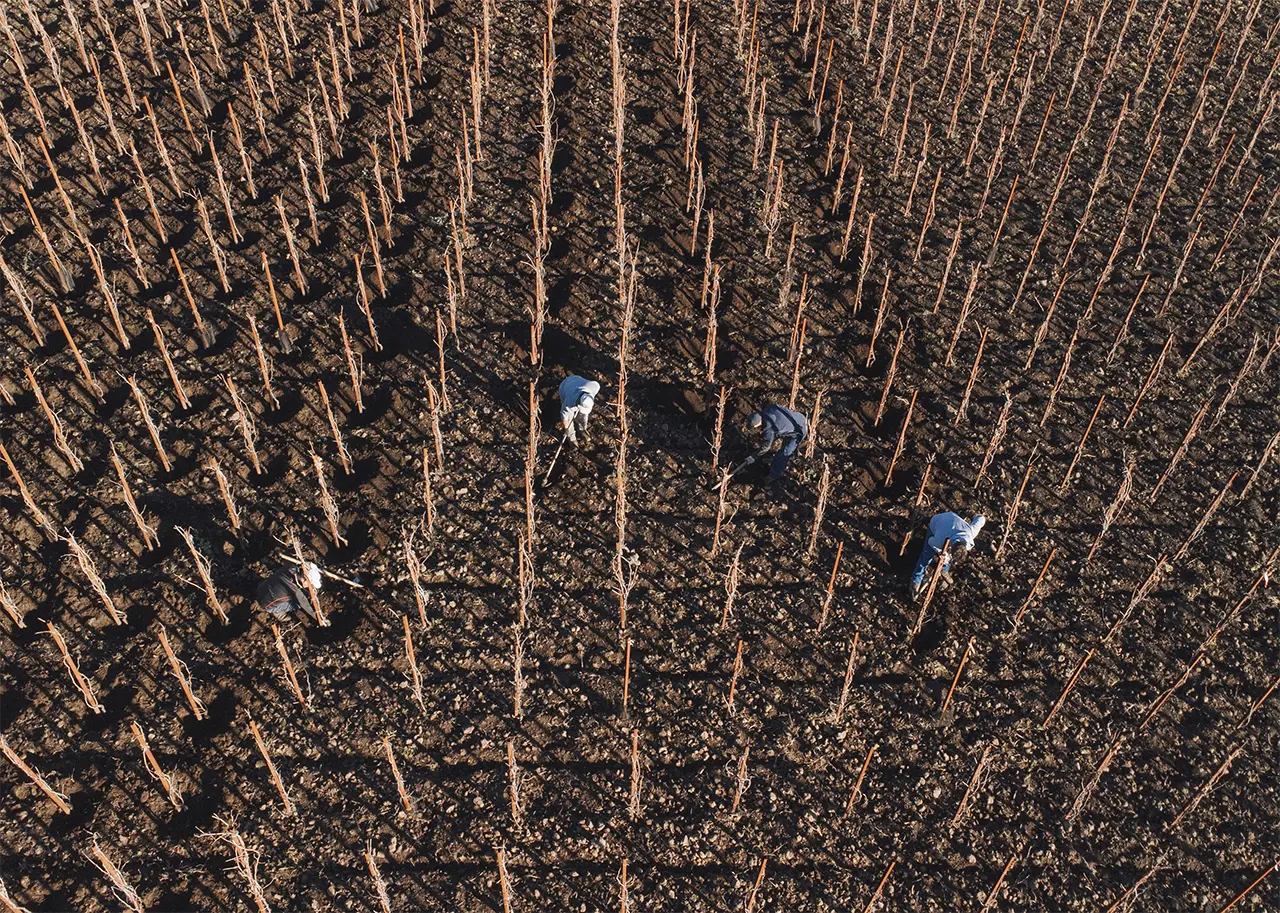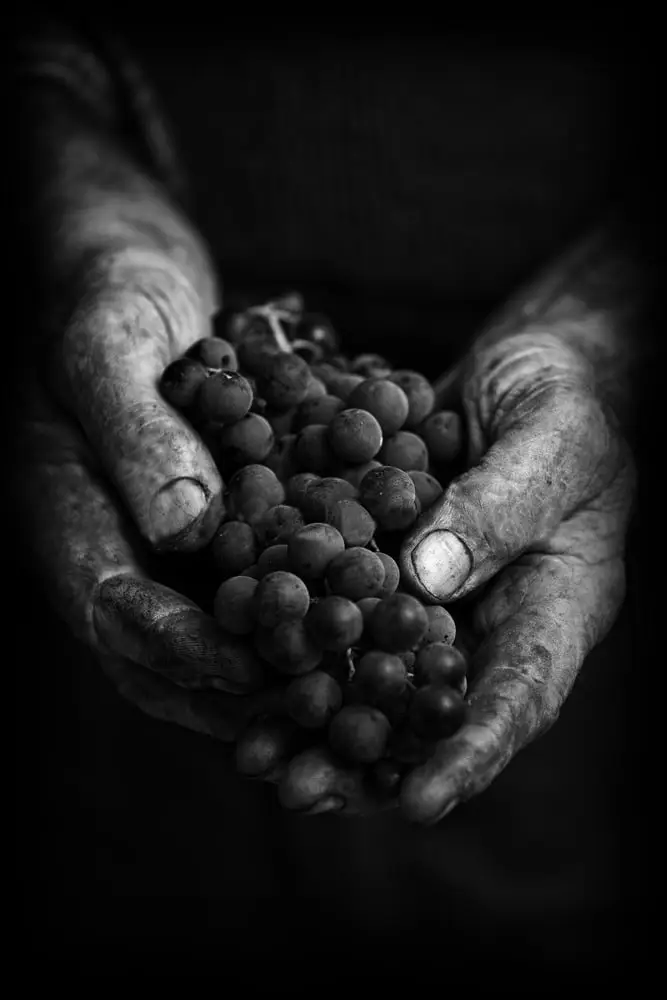The “quinconce” is a geometric arrangement where five elements are displayed in a square with an element in the center. In agriculture, this scheme is used for planting trees, thus creating a staggered system on parallel rows.
The term “quinconce” derives from the Latin “quincunx” which literally means “five ounces“. This term and unit, used in various fields since the ancient Roman empire, indicated a fraction equivalent to 5/12 of the unit; in particular it was as a currency, a fraction of the as corresponding to 5/12, i.e. 5 ounces, minted in some Italian cities; as a measure of length, the fraction corresponding to 5/12 of the Roman foot.
With regards the application in agriculture and arboriculture for instance, it translates into a system where each tree is at the vertex of an isosceles triangle with respect to the trees in the adjacent rows.
The quincunx used for alberelli, not only has ancient origins dating back to the Greek and Roman eras, it still represents a traditional viticultural practice here in the Etna area where the vines are arranged symmetrically with equal distance between them just like the number 5 like on the face of a dice.
This system takes the advantage of most part of the available land and also allows for an uncountable series of benefits:
- better lighting of the plants and more uniform distribution of solar irradiation
- facilitates access to agricultural machinery and tools for maintenance
- each alberello (tree) never encounters shade, no plant covers the other. Great to favor exposure to the sun in a optimal way by favoring the full ripening of the bunches
- reduces competition between plants, favoring their health and the yield in best fruits production
- vines are forced to develop a deeper rooting system making better use of the soil resources like minerals as nutrients
- furthermore it ensures that winds coming from the volcano and Nebrodi mountains do not crush to any kind of barrier, therefore the air is able to wedge itself by doing a “slalom” in the between of alberelli. In consequence the green part of each vine will be always well dried and healthy, here we can avoiding any stagnation of humidity and undesired conformation of pathogenic elements
All these aspects of considerable relevance from an agronomic point of view, combined with the big legacy being able to give continuity and contribute to preserving a thousand-year-old heritage, led us to strongly believe on our choice! This setting plant method works both in the new vineyards located in front of the cellar, as well as in the locations included under the municipality of Randazzo, and the homonymous Contrade of Montelaguardia, Piano Dario and Chiusa Politi.


